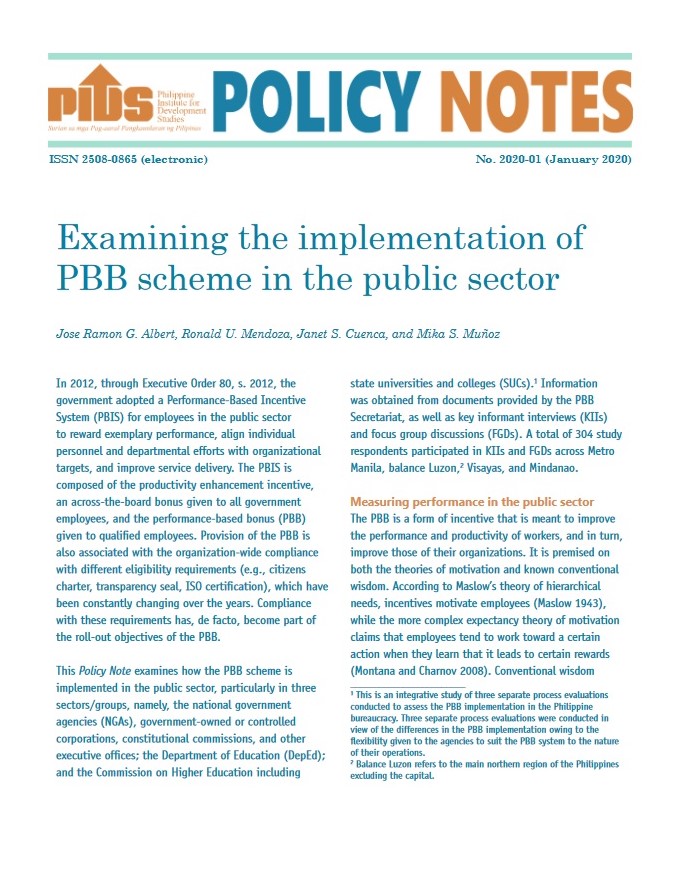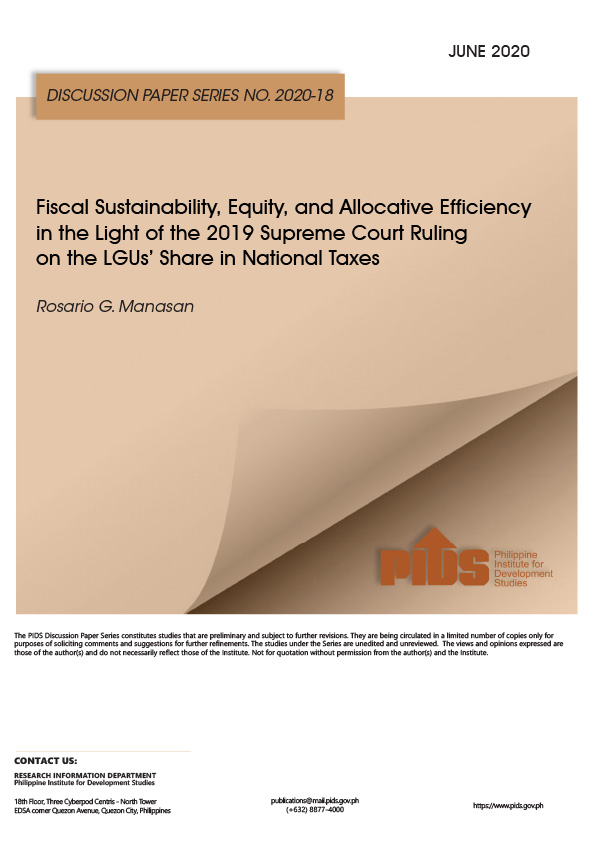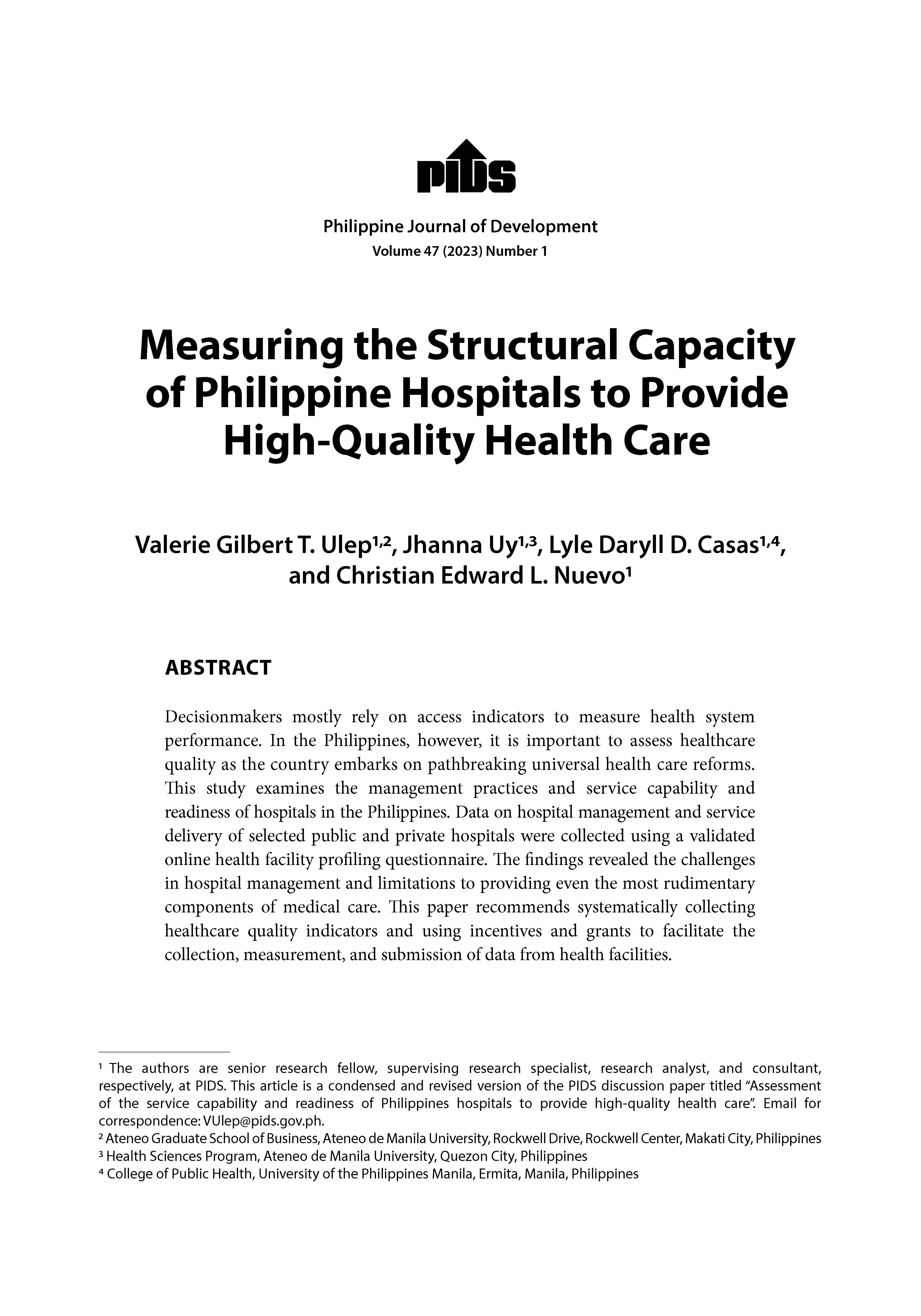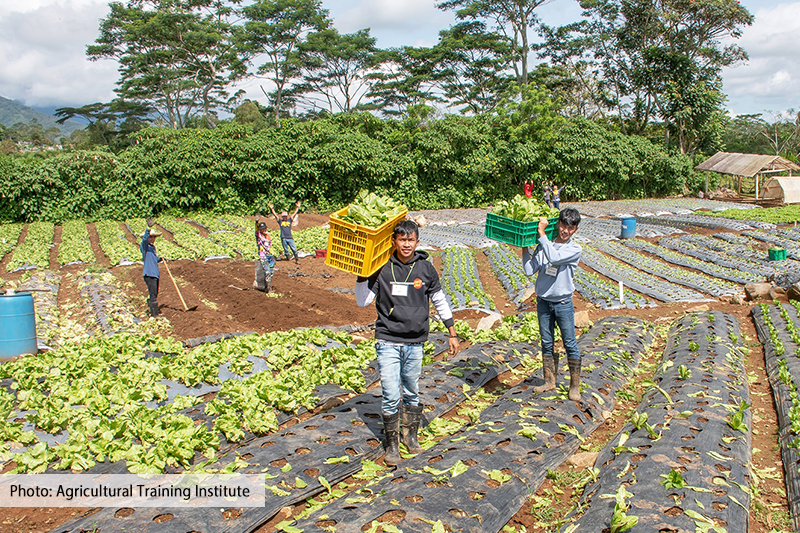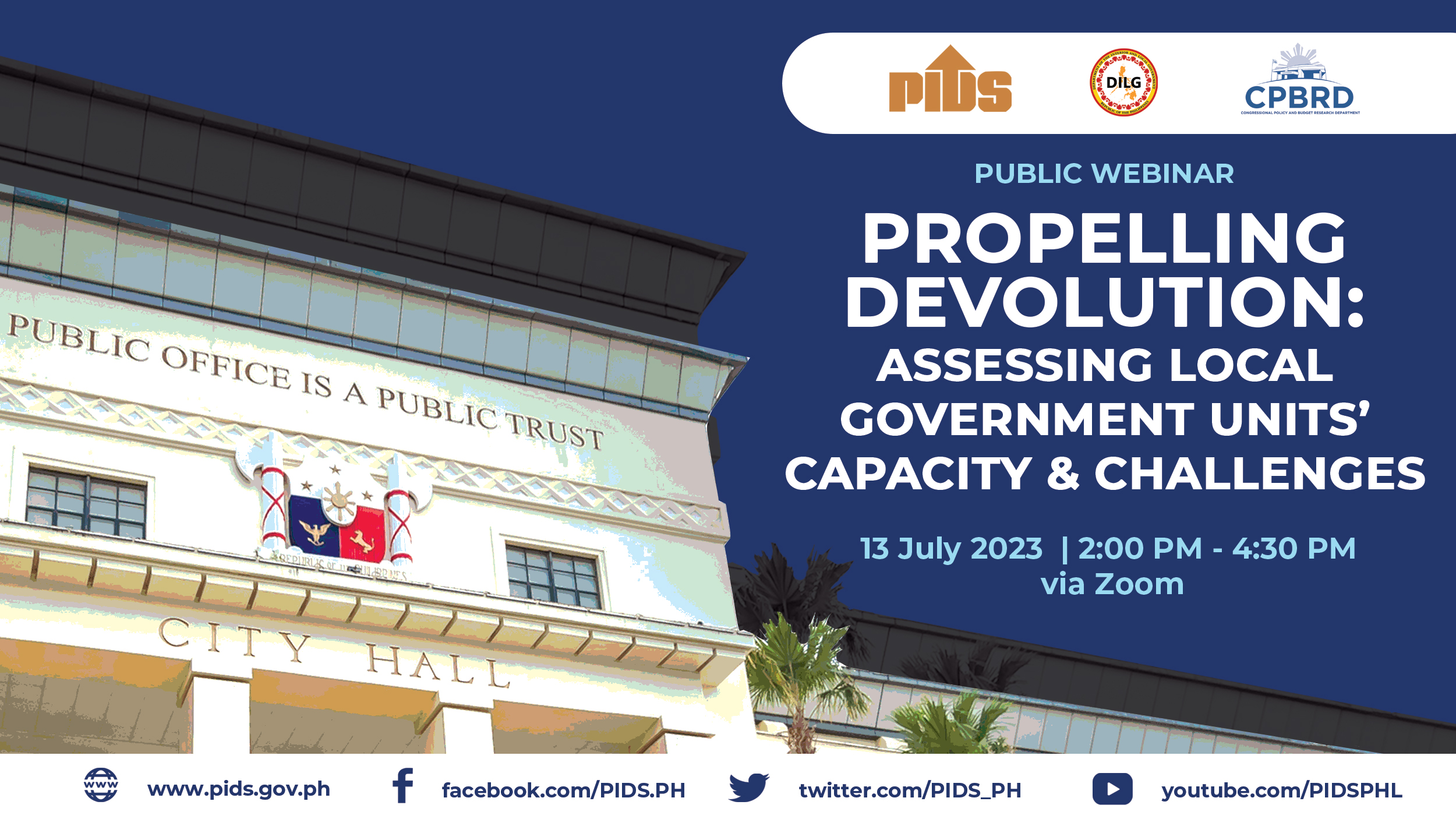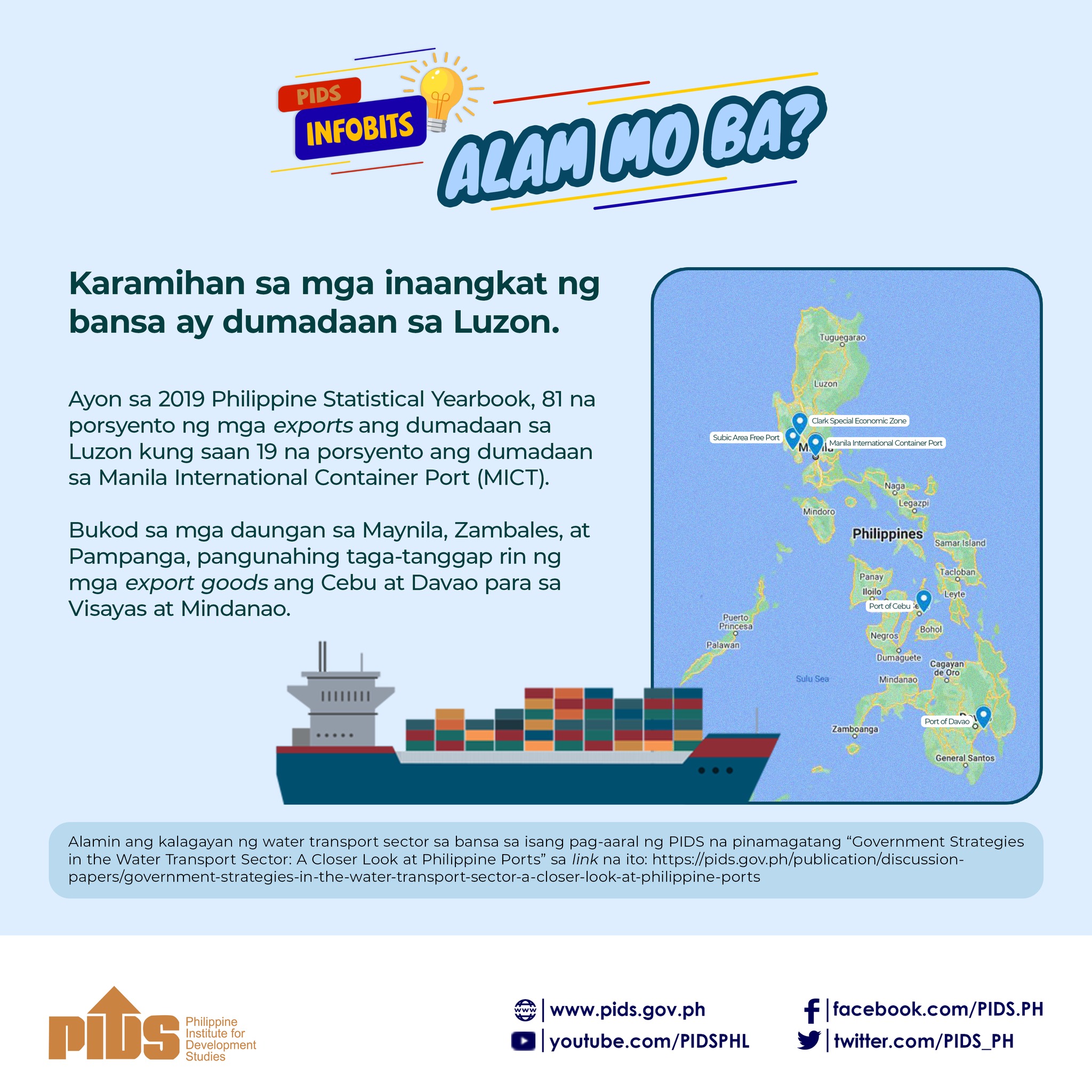PORT and road decongestion will hinge on strategies like limiting the intake of ports in the capital and increasing the use of rail and information technology solutions, the Philippine Institute for Development Studies (PIDS) said.
In a report, “Easing Port Congestion and Other Transport and Logistics Issues,” the government think tank recommended the dispersal of port operations to other locations across the country, the revival of nighttime freight operations by trains and the implementation of a web-based 24-hour integrated truck dispatching, appointment and booking system as short-term measures.
For the medium term, PIDS recommended that the government create a shifting system among the ports in Manila, Batangas and Subic, adopting a rationalization plan for port development and investment programs in the Greater Capital Region (GCR) ports and upgrade logistics, port operations, and customs in Batangas and Subic.
Also among its medium-term recommendations are the revival of freight by rail from the Port of Manila to CICD, rehabilitate Philippine National Railways (PNR) Line for rail freight and requiring international shipping lines to establish inland container stations.
For the long term, PIDS recommended the government to “draft a multimodal transport and logistics development plan for the country” that would run from Manila to Mindanao, “with special emphasis on the Manila-Sorsogon-Leyte-Surigao segment.”
Sorsogon is the take off point for ferries from Luzon to the Visayas while Surigao is the Mindanao landing area for ferries from the eastern Visayas.
If the government is unable to provide funds needed to improve the PNR system, a public-private
partnership (PPP) program might be more viable instead, PIDS said.
PIDS also recommended that the government conduct a thorough study on goods and passenger movement in the GCR.
“In return, transport infrastructures (water, rail, road) could be properly planned and integrated, which would not only address the needs of the people but also that of the freight industry,” it said.
In February 2014, the City of Manila imposed a truck ban preventing the freight and other large vehicles from using city streets during the day to ease congestion.
However, this disrupted port operations, affecting Philippine trade, because the Port of Manila is the largest in the country.
“Evidently, the Manila truck ban triggered congestion at the Port of Manila and adversely affected exporters, importers, and manufacturers whose operations have been disrupted and face increasing transport cost,” PIDS said.
Seven months later, Manila Mayor Joseph E. Estrada issued Executive Order (EO) 67 which lifted the truck ban indefinitely, which only helped ease port congestion but not the traffic crisis.
“Ironically, the Manila truck ban was instigated by the congestion of Manila’s streets caused by huge cargo traffic coming in and out of the Port of Manila, the lack of depots by shipping lines for their containers, and the lack of depots for cargo trucks that use Manila’s streets as their parking garages,” the report said.
Given the current congestion on the roads, Congress sought to give President Rodrigo R. Duterte special powers to coordinate traffic rules in Metro Manila and other urbanized areas.
Those emergency powers also cover infrastructure projects, promote alternatives for mobility, increase accountability and transparency as well as utilize information and communications technology to mitigate the congestion.
In a report, “Easing Port Congestion and Other Transport and Logistics Issues,” the government think tank recommended the dispersal of port operations to other locations across the country, the revival of nighttime freight operations by trains and the implementation of a web-based 24-hour integrated truck dispatching, appointment and booking system as short-term measures.
For the medium term, PIDS recommended that the government create a shifting system among the ports in Manila, Batangas and Subic, adopting a rationalization plan for port development and investment programs in the Greater Capital Region (GCR) ports and upgrade logistics, port operations, and customs in Batangas and Subic.
Also among its medium-term recommendations are the revival of freight by rail from the Port of Manila to CICD, rehabilitate Philippine National Railways (PNR) Line for rail freight and requiring international shipping lines to establish inland container stations.
For the long term, PIDS recommended the government to “draft a multimodal transport and logistics development plan for the country” that would run from Manila to Mindanao, “with special emphasis on the Manila-Sorsogon-Leyte-Surigao segment.”
Sorsogon is the take off point for ferries from Luzon to the Visayas while Surigao is the Mindanao landing area for ferries from the eastern Visayas.
If the government is unable to provide funds needed to improve the PNR system, a public-private
partnership (PPP) program might be more viable instead, PIDS said.
PIDS also recommended that the government conduct a thorough study on goods and passenger movement in the GCR.
“In return, transport infrastructures (water, rail, road) could be properly planned and integrated, which would not only address the needs of the people but also that of the freight industry,” it said.
In February 2014, the City of Manila imposed a truck ban preventing the freight and other large vehicles from using city streets during the day to ease congestion.
However, this disrupted port operations, affecting Philippine trade, because the Port of Manila is the largest in the country.
“Evidently, the Manila truck ban triggered congestion at the Port of Manila and adversely affected exporters, importers, and manufacturers whose operations have been disrupted and face increasing transport cost,” PIDS said.
Seven months later, Manila Mayor Joseph E. Estrada issued Executive Order (EO) 67 which lifted the truck ban indefinitely, which only helped ease port congestion but not the traffic crisis.
“Ironically, the Manila truck ban was instigated by the congestion of Manila’s streets caused by huge cargo traffic coming in and out of the Port of Manila, the lack of depots by shipping lines for their containers, and the lack of depots for cargo trucks that use Manila’s streets as their parking garages,” the report said.
Given the current congestion on the roads, Congress sought to give President Rodrigo R. Duterte special powers to coordinate traffic rules in Metro Manila and other urbanized areas.
Those emergency powers also cover infrastructure projects, promote alternatives for mobility, increase accountability and transparency as well as utilize information and communications technology to mitigate the congestion.

